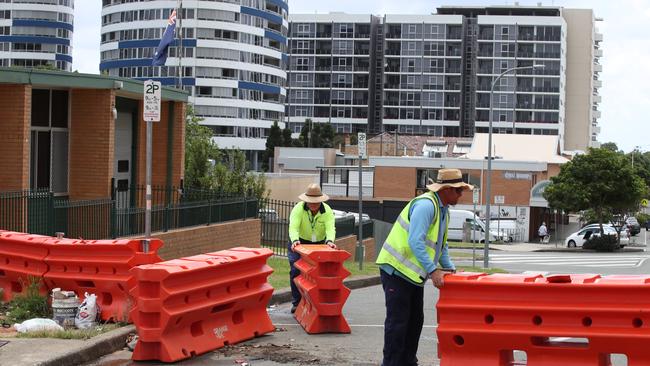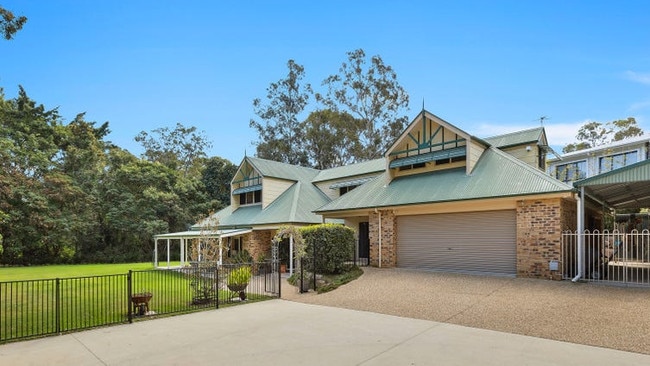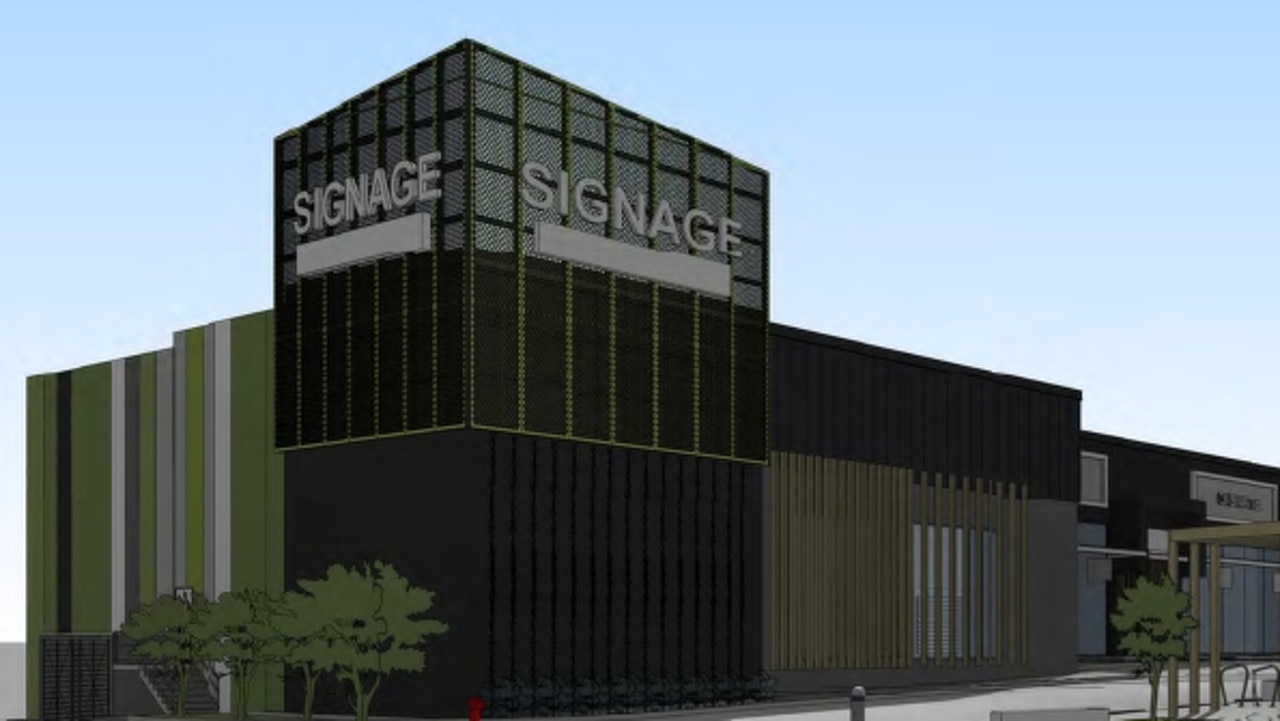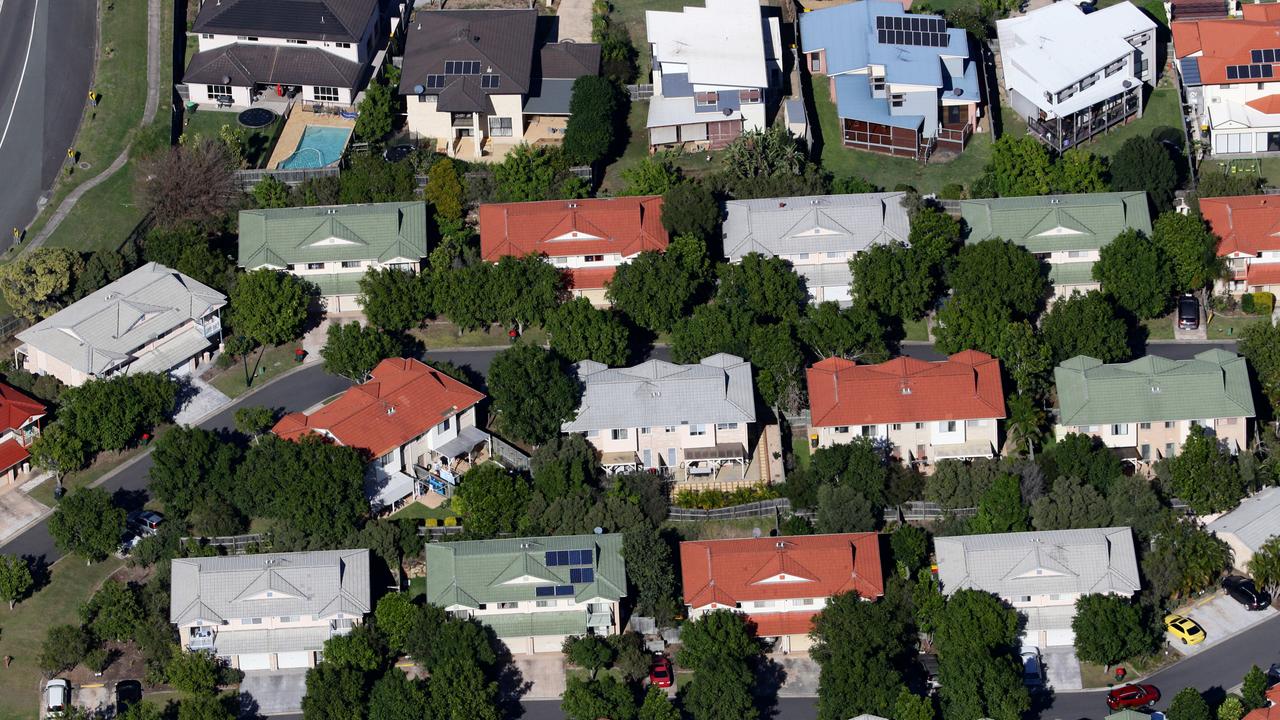Property forecast shows Brisbane house price growth to slow but still be the second best in Australia
A property forecast report shows there is still double-digit growth in Brisbane’s property market and it will outstrip Sydney and Melbourne in 2022.

Property
Don't miss out on the headlines from Property. Followed categories will be added to My News.
Brisbane’s property market explosion will show no signs of slowing in 2022, with price growth of up to 11 per cent forecast.
PropTrack’s Property Market Outlook forecasts Brisbane house prices to rise by as much as 11 per cent this year, second only to Hobart (up to 12 per cent) followed by Adelaide and Canberra (9) and Darwin (8 per cent).
Sydney (7 per cent), Melbourne (7 per cent) and Perth (6 per cent) are expected to have the least capital growth.
In 2021 prices rose by a staggering 25 per cent, with unrestricted travel and the threat of an interest rate rise keeping the projections a little more modest this year.
Owner-occupier’s upgrading or downgrading created most of the demand in 2021 and they are again expected to be the market driver, but not at such a significant rate, the report stated.

The reopening of interstate and international borders will play a significant role, says PropTrack’s economic research director and forecast report author Cameron Kusher.
Homeowners, who were pumping their cash into mortgages during lockdowns and border closures, will most likely redirect spending on long-deserved holidays, he says.
“A few things that could take the heat out of the property market and the first one is international and domestic borders reopening,” Mr Kusher said.
“With cities opening up and international travel opening up, people aren’t going to be as willing to dedicate as much money to the mortgage as they have been over the last couple of years.

“Some potential buyers may even decide that their current home is sufficient.”
Besides borders reopening, another influencing factor occurred late last year when Australia’s financial regulator APRA subtly applied the handbrake on lending, Mr Kusher said.
Banks must now assess the repayment capacity of a borrower at three per cent above the product rate, up from 2.5 per cent.
Speculation of a rate rise in 2023 or even late this year is another part of the equation, he said.
“The likelihood of interest rate increases is now firming for 2023 and possibly later this year and that will lead to a bit of caution about how much they borrow and how much prices increase,” he said.
“We have already seen APRA make changes around the serviceability buffers and if prices and credit growth doesn’t slow, I don’t think they would hesitate to introduce further measures if the market doesn’t slow down.

“They could reintroduce caps on interest-only lending and caps on investor credit growth and they have talked about putting limits on debt-to-income ratio.”
Even if interest rates do not rise, the pace at which house prices increased in 2022 has meant many borrowers are unlikely to keep fuelling the market as many are at debt-to-income ratio capacity, he said.
“Across the board, we are expecting price growth to slow,” he said.
“Interest rates are at historic lows, and it’s unlikely we will see the lift in prices to continue because the increase in prices because of interest rates it has run its course.”
On the rental front, median weekly rents rose 7.5 per cent across Brisbane and 10 per cent across regional Queensland.
The report stated the rental market is hard to predict, however it is expected “regional rents to continue to rise but at a slower pace over the coming year”.
2022 House Price Growth Forecast*
Hobart ($780,000 2021 median) 9 to 12%
Brisbane ($740,000) 8 to 11%
Adelaide ($636,000) 6 to 9%
Canberra ($1.04m) 6 to 9%
Darwin ($592,500) 5 to 8%
Sydney ($1.52m) 4 to 7%
Melbourne ($1m) 4 to 7%
Perth ($525,000) 3 to 6%
Combined – 6 to 9%
* Source PropTrack





